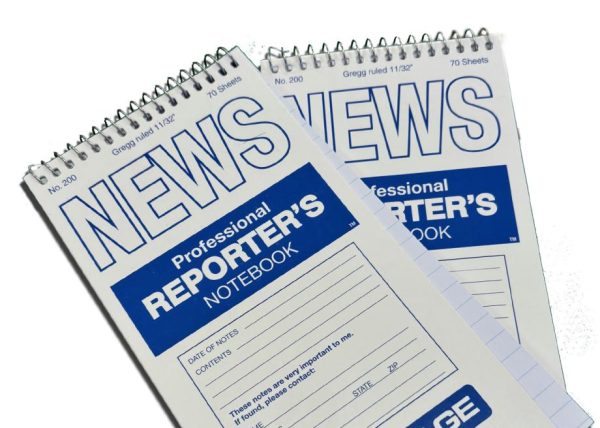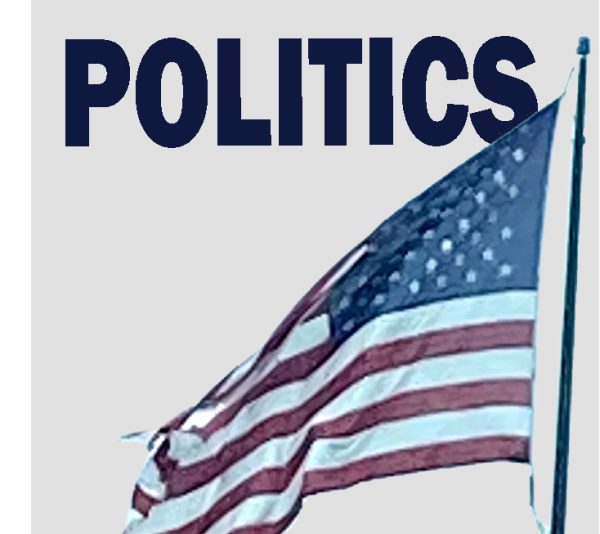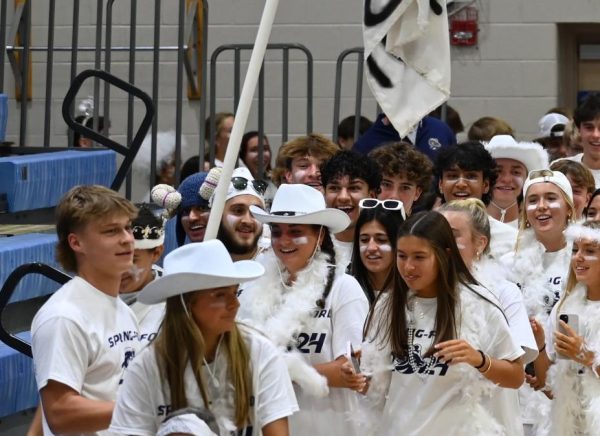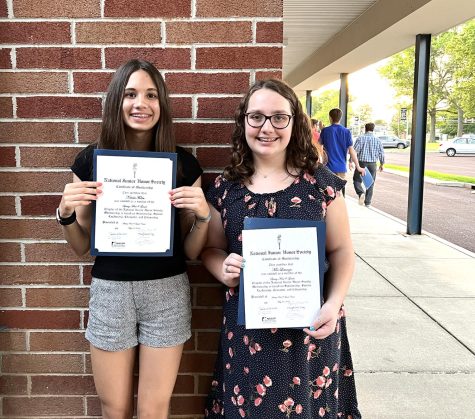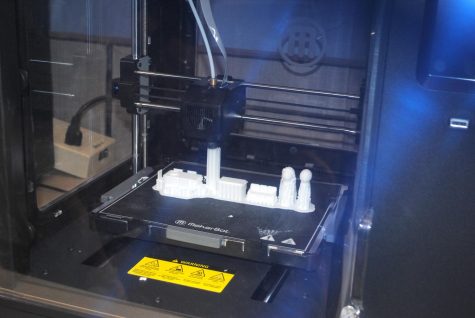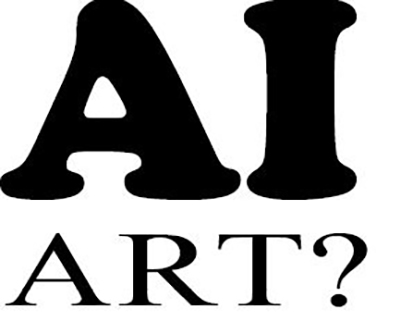Polarization a problem in government
December 20, 2022
The extreme divide between Republicans and Democrats, otherwise known as political polarization, is the largest threat to American democracy of the modern day.
Within recent decades, tensions and conflicts between both sides have increased, leading to disunity in government and among people.
Polarization has led to the halting of progress and the failure to properly react to many crises, such as the January 6 riots, the governmental and public response to COVID-19, and the current state of Congress in which little progress has been made due to the extreme division of both sides.
The fact that many would blame the opposing political party for the division polarization has caused is itself a further example of how polarized we have become. Clearly, the only solution to combat the division which threatens to destabilize the country lies within the people.
America was not founded to be divided by political parties, an argument which is supported by the beliefs of the Founding Fathers over the issue. Some examples are illustrated in speeches such as George Washington’s Farewell Address, where he gave advice for the sake of future American prosperity, including the necessity to avoid political parties or else there would be crippling division. Furthermore, warnings were also given in written works, like The Federalist Papers, in which James Madison declared that the government must prevent the rise of political parties, calling it the “violence of factions.”
Yet, despite these warnings, political parties first emerged with the writing of the Constitution, divided into the Federalists and Anti-Federalists, debating how much power the government should have and the rights individual states should be entitled to. These parties would eventually develop into the two main political groups today: Democrats and Republicans.
The divide between these groups has increased in recent years, with many refusing to interact with the opposing side. According to a Pew Research Center study, intense partisans “believe the opposing party’s policies are so misguided that they threaten the nation’s well-being.”
If this is truly the belief held by the extreme, is it any wonder that compromise is politically rare these days?
The report further explained that among Democrats, “Almost four-in-ten (38 percent) politically engaged Democrats are consistent liberals, up from just 8 percent in 1994.” Conversely, on the Republican side, “33 percent express consistently conservative views, up from 23 percent in the midst of the 1994 ‘Republican Revolution.’”
Because of the rise in extremist views that ushered America into a politically polarized society, financial repercussions have followed. Some have lost workplace opportunities by refusing to work for someone of opposing political values. Entire brands have been disregarded if they support a specific person or viewpoint.
The consequences can also be seen socially since unity among those in a community can be damaged based on differing opinions.
The issue has most significantly negatively affected politics, though, with elections no longer focused on who can make the nation better or what issues need to be solved but which party can control Congress and the White House.
The divided political world can be observed in advertisements for elections compared to years past, with an Oxford research article (written to discuss the effects of negative advertising) commenting that “During the 1960 presidential campaign, only around 10 percent of political advertisements aired were negative; by 2012, only around 14 percent of campaign ads were positive.”
This increasing negativity illustrates that elections have too often become focused on slandering the opponent and their party rather than voicing their beliefs and the issues that need focus.
Elections aside, little progress can be made with the current political divide. To point, a University of Wyoming research article argues “…as society has become increasingly polarized, politicians’ objectives diverge and their animosity toward the opposition grows, thereby reducing opportunity for compromise.” Moreover, the article also states that “Partisan incivility is a major reason for failed dialogue: Uncivil exchanges result in disagreement and greater polarization regardless of the evidence presented.”
Because the opposition between both sides is so extreme and tense, no progress can be made on issues that most Americans – regardless of political beliefs – want to see change in, such as healthcare and wealth inequalities, among others.
Despite all of this, it should be noted that most Americans are more similar in political beliefs than they think. Social media too often amplifies extreme views while many are more moderate, an occurrence known as the Perception Gap in which the public believes that sides are more divided in beliefs than they are.
Because extremists and the media have created a political society fueled by hostility and anger, though, the entire point of American democracy is undermined since most feel uncomfortable or even frightened to voice their beliefs.
While the situation is dire, solutions for it can be achieved by both the government and the people. To reduce political polarization, more voices would need to be heard in elections which would mean voter turnout would need to increase.
To increase turnout would mean that voter suppression would need to be acknowledged and advanced upon, with ending restrictions like strict voter photo ID laws, allowing for early voting, repealing harsh voter registration compliance deadlines, increased resources to allow for more staffing, machines, and polling books which would result in shorter lines and an easier voting process, placing more polling areas on native lands as well as funding better public transportation for voters to travel to polling places, repealing ex-felon disenfranchisement laws, and accommodating for language differences and those with disabilities.
Additionally, the voting systems used in California and Nevada, where non-partisan voting is allowed for primaries, should be adopted nationally to allow for midterm election results that follow the people’s wishes instead of people being forced to vote for those only within their party.
Unfortunately, this legislation likely would not pass any time soon in many places, or at all.
What can be done then?
Anyone can do their part to end polarization by opening their perspectives and listening to other news sources (such as those that are moderate-leaning or even those that are targeted for the opposing party) and respecting people’s opinions and beliefs despite the significant difference it may have from one’s own values.
On top of that, avoiding misinformation and conducting research on opinions given can provide a more educated and accurate belief than what would originally be held.
Most important in ending political extremism and polorization, voters should base their beliefs on individual thought and values rather than conforming to what a specific party states.
While too many in government have decided to take advantage of the division facing the country, everyone can help end political polarization to result in a more effectively run and united nation in which all can voice their beliefs and can support candidates they truly believe would do right and can change America to become the country it was founded to be.

